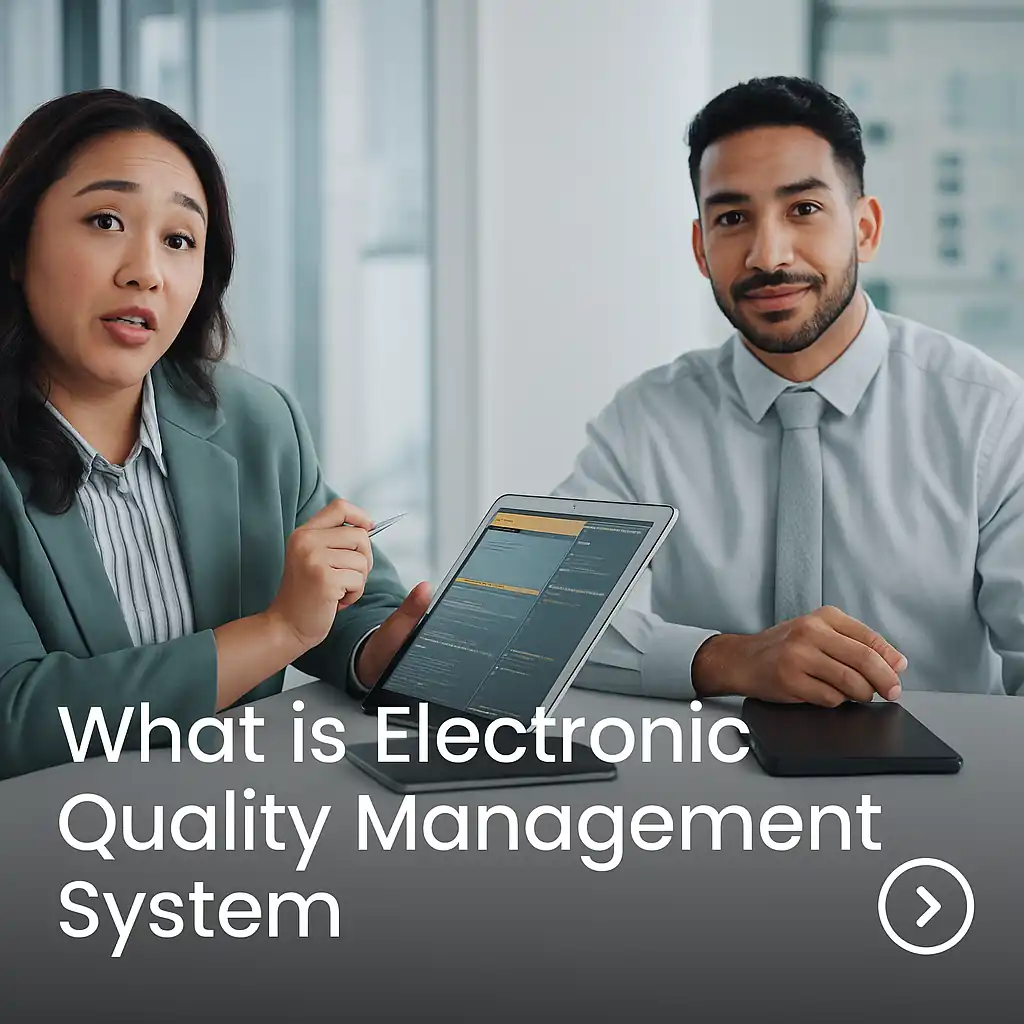It seems we can’t find what you’re looking for. Perhaps searching can help.
- Home
- Industries
- Features
-
Document Management
A simplified approach to make your document hassle-free
Complaint Management
Manage your Complaints Head-on
Audit Management
Stay Audit Ready, Always!
Calibration Management Software
Calibrate with Confidence!
NC/CAPA
Instil a Culture of Continuous Improvement
Training Management
Upskill Employees. Upgrade their performance. Boost Operational Efficiency
Risk Management Software
Ensure your preparedness against all the risks
Standard Operating Procedures
A simplified approach of standardized operations
Change Management
Implement Change. Implement Continuous Improvement
Inspection Management
Quality headaches: Now a passe
-
- Resources
- About Us
- Contact Us




